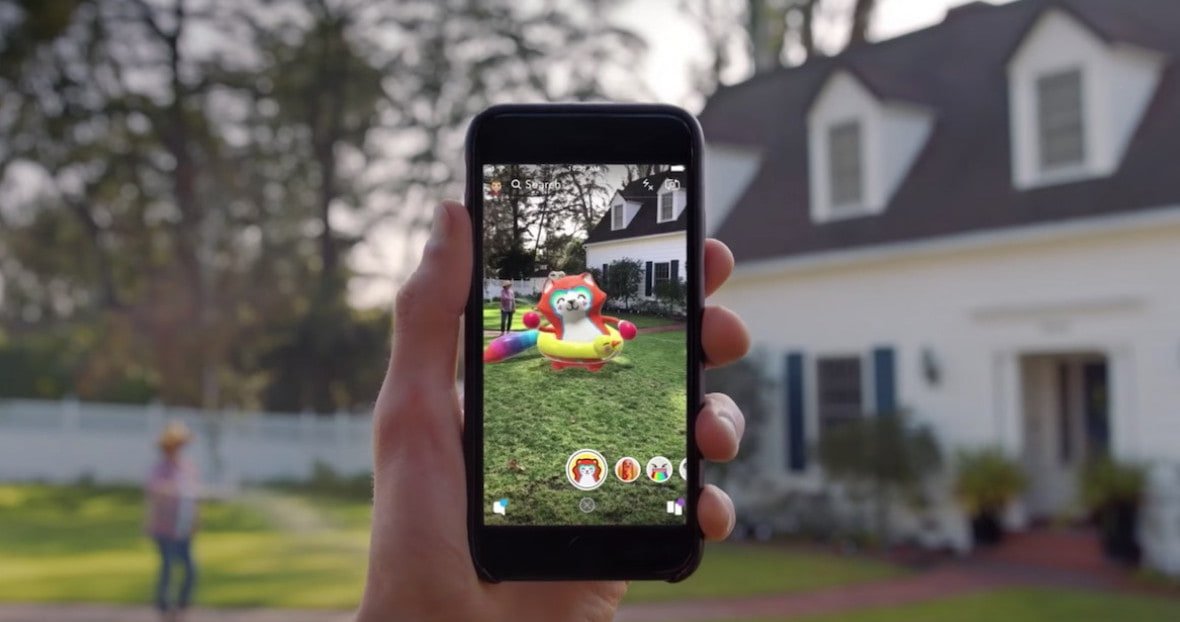Augmented Reality (AR) is revolutionizing how we interact with digital content by overlaying virtual elements onto our real-world environment. Whether you’re a developer, marketer, or simply an enthusiast, creating an AR experience can be an exciting project. Here are five steps to help you create your own AR experience.
Step 1: Define Your Objectives and Audience
Before diving into the technical aspects, it’s crucial to understand the purpose of your AR experience and who your target audience is. Consider the following:
- Objectives: Are you aiming to educate, entertain, or promote a product? Defining your goals will shape the direction of your project.
- Audience: Who will be using your AR experience? Understanding their preferences and technical capabilities will help you design an engaging and accessible experience.
Step 2: Choose the Right Tools and Platform
The next step is to select the tools and platform that will best suit your project’s needs. Here are some popular options:
- AR SDKs (Software Development Kits): Vuforia, ARKit (for iOS), and ARCore (for Android) are some of the most widely used AR SDKs.
- Development Platforms: Unity and Unreal Engine are popular choices for developing AR experiences due to their robust features and extensive community support.
- Web-Based AR: If you prefer not to develop a standalone app, consider using web-based AR platforms like 8th Wall or AR.js, which allow users to experience AR through their web browsers.
Step 3: Design Your AR Content
Designing the content for your AR experience involves creating 3D models, animations, and other visual elements that will be integrated into the real world. Keep these tips in mind:
- 3D Modeling: Use software like Blender, Maya, or SketchUp to create detailed 3D models. Ensure your models are optimized for mobile devices to maintain performance.
- Textures and Materials: Pay attention to the textures and materials applied to your models to enhance realism and immersion.
- Animations: Incorporate animations to make your AR experience more dynamic. Software like Unity or Unreal Engine can help you create and control animations effectively.
Step 4: Develop and Test Your AR Experience
Once your content is ready, it’s time to start development. Follow these steps to bring your AR experience to life:
- Import Assets: Import your 3D models, animations, and other assets into your chosen development platform.
- Implement AR Functionality: Use your selected AR SDK to implement features like image recognition, plane detection, and object tracking.
- User Interface (UI): Design a user-friendly interface that guides users through the AR experience. Consider using buttons, prompts, and tutorials to enhance usability.
- Testing: Thoroughly test your AR experience on different devices to ensure compatibility and performance. Gather feedback from users and make necessary adjustments.
Step 5: Launch and Promote Your AR Experience
After rigorous testing and fine-tuning, you’re ready to launch your AR experience. Here’s how to effectively promote it:
- App Stores: If you’ve developed a standalone app, publish it on app stores like Google Play and the Apple App Store.
- Website Integration: For web-based AR, embed the experience on your website and optimize it for various browsers.
- Marketing: Utilize social media, email campaigns, and other marketing channels to reach your target audience. Consider creating demo videos and tutorials to showcase the AR experience.
- Analytics: Implement analytics tools to track user engagement and gather insights for future improvements.
Conclusion
Creating an AR experience involves careful planning, design, development, and promotion. By following these five steps, you can create a captivating and effective AR experience that engages your audience and meets your objectives. Embrace the possibilities of augmented reality and start transforming your ideas into immersive digital experiences.
